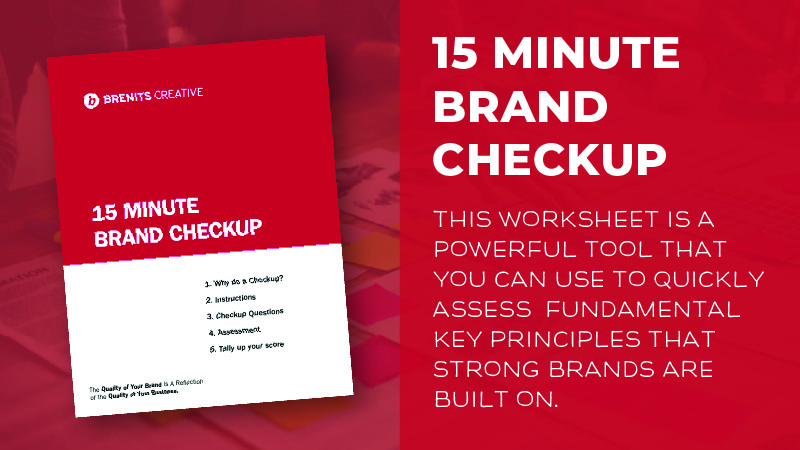Like any specialty, marketing has a language of its own. Recognizing some important terms and dropping them into conversations when talking to your marketing consultant would help us solve your business challenges. Below are a few of the more common, non-obvious, and important definitions.
80/20 principle — 80% of business (or profit) comes from the top 20 percent of customers.
AIDA model — all promotional activities should create one or more of these four: Attention, Interest, Desire, and Action.
Commodity — an item with features indistinguishable from its competitors.
Demand curve — the relationship between price and quantity; as the former goes up; the latter goes down (compare to “supply curve”).
Demographics — the statistical data of a given population (compare to “psychographics”).
Early adopters — customers who will take a chance on a new product. Often influential trendsetters. (Sometimes called “pioneer buyers.”)
Elasticity/inelasticity — when small changes significantly affect demand, the product/market is said to be elastic; if they won’t, it is said to be inelastic.
Equilibrium price — the going market price.
Facilitators — a catch-all term for advertising agencies, design firms, product testing labs, wholesalers, retailers, etc.
Generic market — customers with only broadly similar needs to which products can be easily substituted (compare to “product market”).
Law of diminishing demand — as the price is raised, demand falls. The Law of increasing demand is the opposite.
Marketing concept — all activities — product research to after-sale service — are focused totally on customers’ wishes (compare to “production concept”).
Micromarketing — catering to the specific needs of small populations. (Sometimes called “niche marketing,” or “segmentation marketing.”)
MSA (Metropolitan Statistical Area) — an economic area or unit with a reasonably large city at its center.
PLC (Product Life Cycle) — Expenses are usually highest right after introduction; profits highest at maturity.
Positioning — placing a product or service in its best light for selling.
Prestige pricing — setting a high price to imply high quality or status.
Primary data — denotes newly discovered information (compare to “secondary data”).
Primary demand — is for a product category, not a specific brand.
Product market — customers with very specific needs and little latitude for substitutions (compare to “generic market”). Production concept/orientation — making products without prior marketing input.
Psychographics — the lifestyle data of individuals. Normally comprised of Activities, Interests, and Opinions (AIO) (compare to “demographics”).
Pulsing — a strategically uneven distribution of promotional activity. (Sometimes called “flighting.”)
Pure market/competition — a situation where there are similar products, knowledgeable customers, and affordable prices.
Sales promotion — an activity that stimulates sales at the point-of-purchase.
Scale economies — the more products produced, the more prices will drop.
Secondary data — a research term that denotes already published information (compared to “primary data”).
Segmentation — breaking an activity/product down into several relevant categories.
SKU — Stock Keeping Unit, the specific inventory number assigned to each product by a retailer.
Stimulus-response model — circumstances in which individuals respond in the same way to stimuli.
Supply curve — what suppliers are willing to supply at certain prices (see “demand curve”).
Threshold — the point at which an effort becomes productive.
Turn rate — how long an item sits on a retailer’s shelf—a key to profitability in high-volume, low-margin (profit) stores.
Utility — the power to satisfy customer needs.






